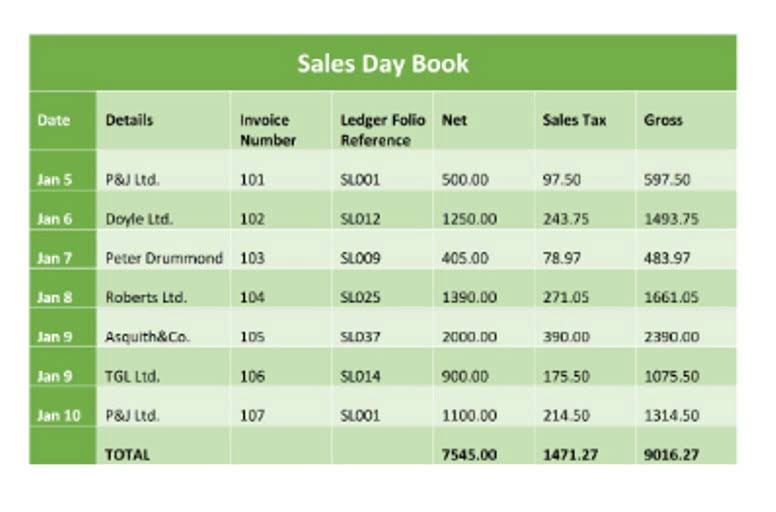
As a result, the net income of a sole proprietorship cannot be directly compared to the net income of a regular corporation where the owner is paid a salary. Accumulated other comprehensive income is a separate item appearing in the stockholders’ equity section of the corporation’s balance sheet. The income statement of a mid-size corporation with sales of $24,340,290.88 might report $24,340 and the notation (In thousands except per share amounts). The data on an income account becomes even more valuable compared with several reporting periods.

Non-Operating Costs
Understanding this separation is crucial for reading income statements. Multi-step income statement – the multi-step statement separates expense accounts into more relevant and usable accounts based on their function. Cost of goods sold, operating and non-operating expenses are separated out and used to calculate gross profit, operating income, and net income.
- Knowing your operating expenses allows you to calculate your company’s operating expense ratio (OER), which helps you compare your expenses to income.
- G&A costs support the company’s infrastructure and are expensed as incurred according to GAAP.
- While it efficiently showcases net profit, it does not provide insights into specific expense types or revenue sources, making it less ideal for detailed financial analysis or strategic decision-making.
- Under the accrual basis of accounting, revenues are recorded at the time of delivering the service or the merchandise, even if cash is not received at the time of delivery.
- The income and expenditure account is prepared by using trial balances from any two points in time.
Interest Expenses
Payment is usually accounted for in the period when sales are made or services are delivered. Receipts are the cash received and are accounted for when the money is received. Similarly, for a company (or its franchisees) what accounts are found on an income statement in the business of offering services, revenue from primary activities refers to the revenue or fees earned in exchange for offering those services. Tax reform and regulatory changes significantly affect income tax items. The Tax Cuts and Jobs Act (TCJA) of 2017, for example, reduced the federal corporate tax rate and introduced limitations on interest expense deductions.
What are the four key elements of an income statement?

It gives a timely update as we create it much more frequently than any other business statement. Depreciation is the practice of distributing the cost Financial Forecasting For Startups of long term assets over their lifespan. It is a management agreement to write a company’s asset value off, but is also a non cash transaction.

Operating revenues are earned from a company’s primary business activities, like sales of products or services. Non-operating revenues, on the other hand, come from secondary activities, such as interest income, dividends, or profits from asset sales. Operating revenues indicate core business performance, while non-operating revenues highlight additional income sources. Next, the statement outlines the cost of https://www.bookstime.com/ goods sold (COGS), which includes all direct costs related to the production of goods or services sold. Subtracting COGS from revenue yields the gross profit, an indicator of the company’s efficiency in managing production costs. Gross profit evaluates the company’s core business operations before other expenses are considered.
- Horizontal analysis makes financial data and reporting consistent per generally accepted accounting principles (GAAP).
- This includes costs of inventory, work, and overhead for making the products.
- The Trial Balance report will show you if total debits equal total credits.
- Based on this classification, companies also report several types of profits.
- It provides valuable insights into various aspects of a business, including its overall profitability and earnings per share.
- Understanding what comprises expense accounts is key for good financial management.
Single-Step Format

If applicable, EPS for discontinued operations must also be presented. This ensures users see the per-share earnings impact on both a basic and potentially diluted basis. The COGS can be used to calculate inventory turnover (which is a measure of the number of times a business sells and replaces its inventory). The net income, which is what is left after all expenses are deducted, is what is used to determine whether a business made a profit or suffered a loss. A high P/E ratio means that investors are willing to pay more for a company’s shares, relative to its earnings.